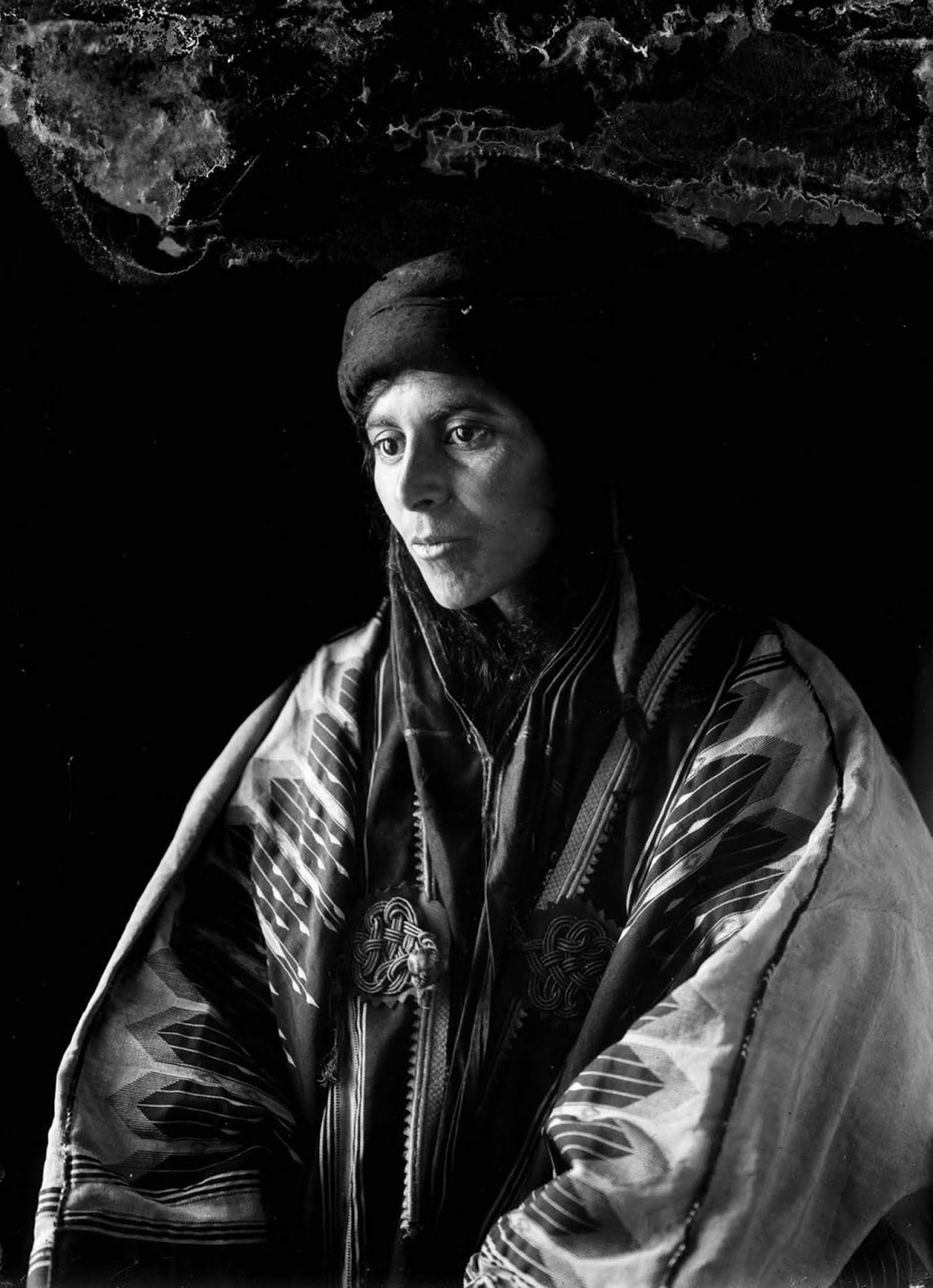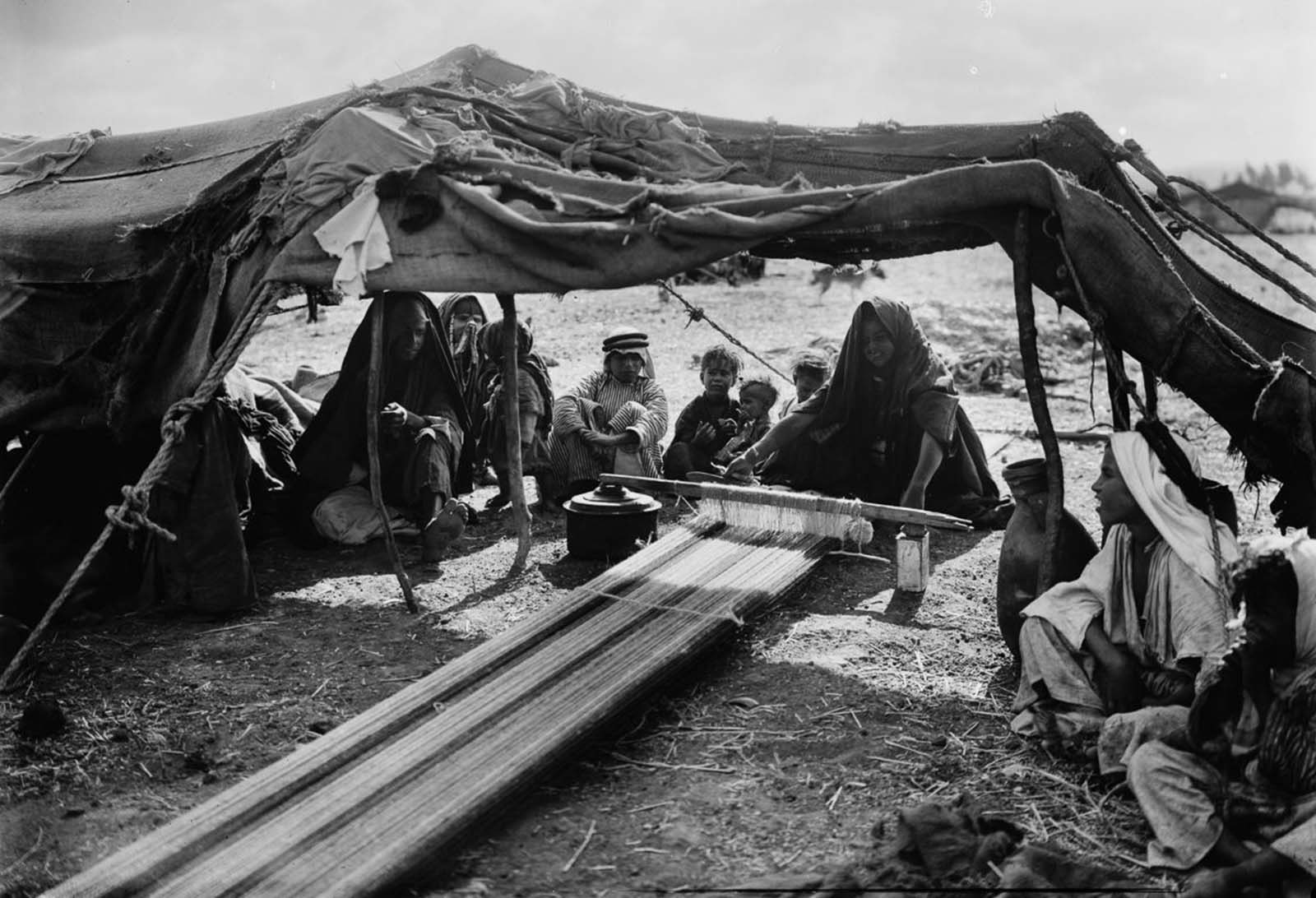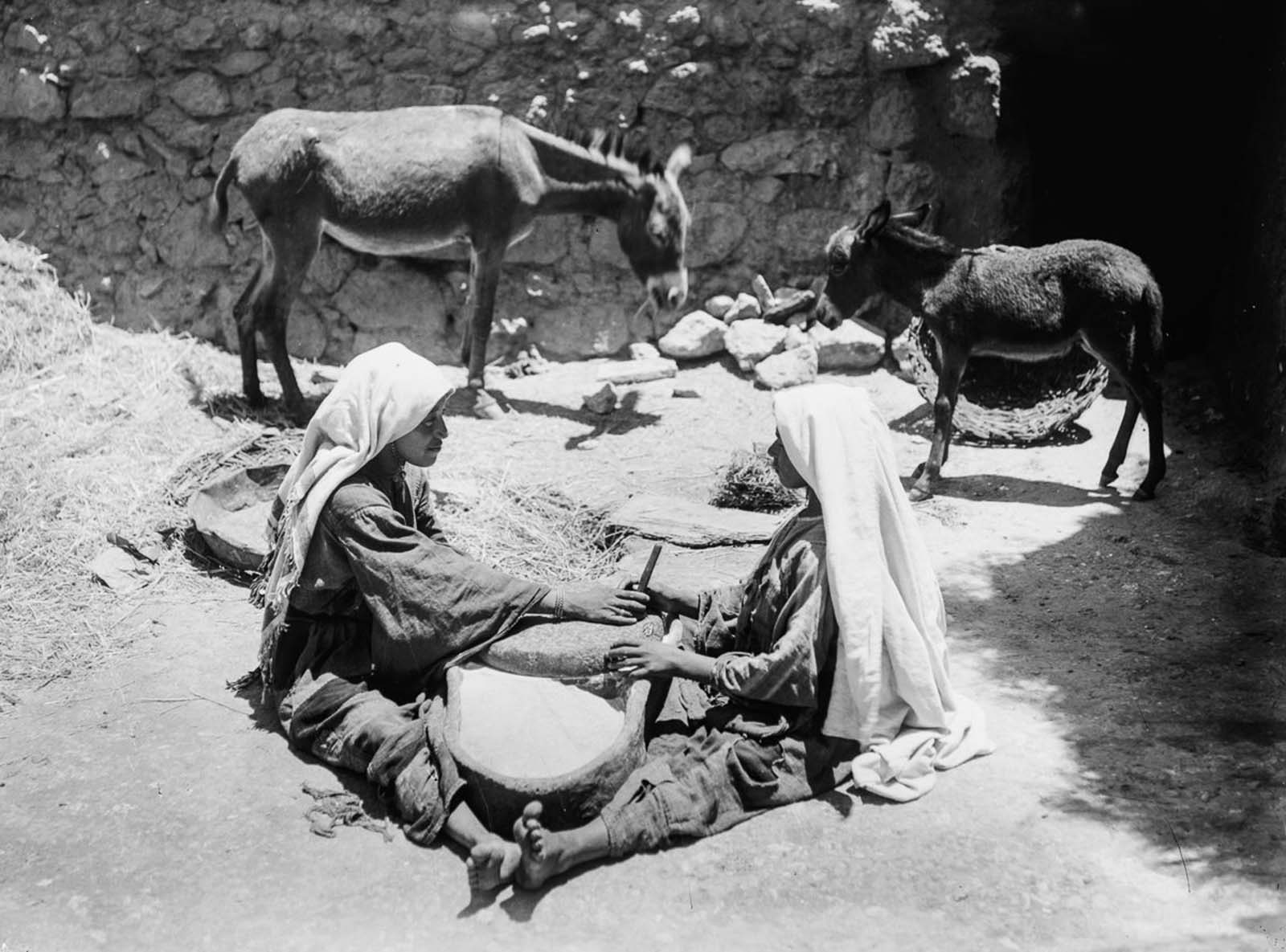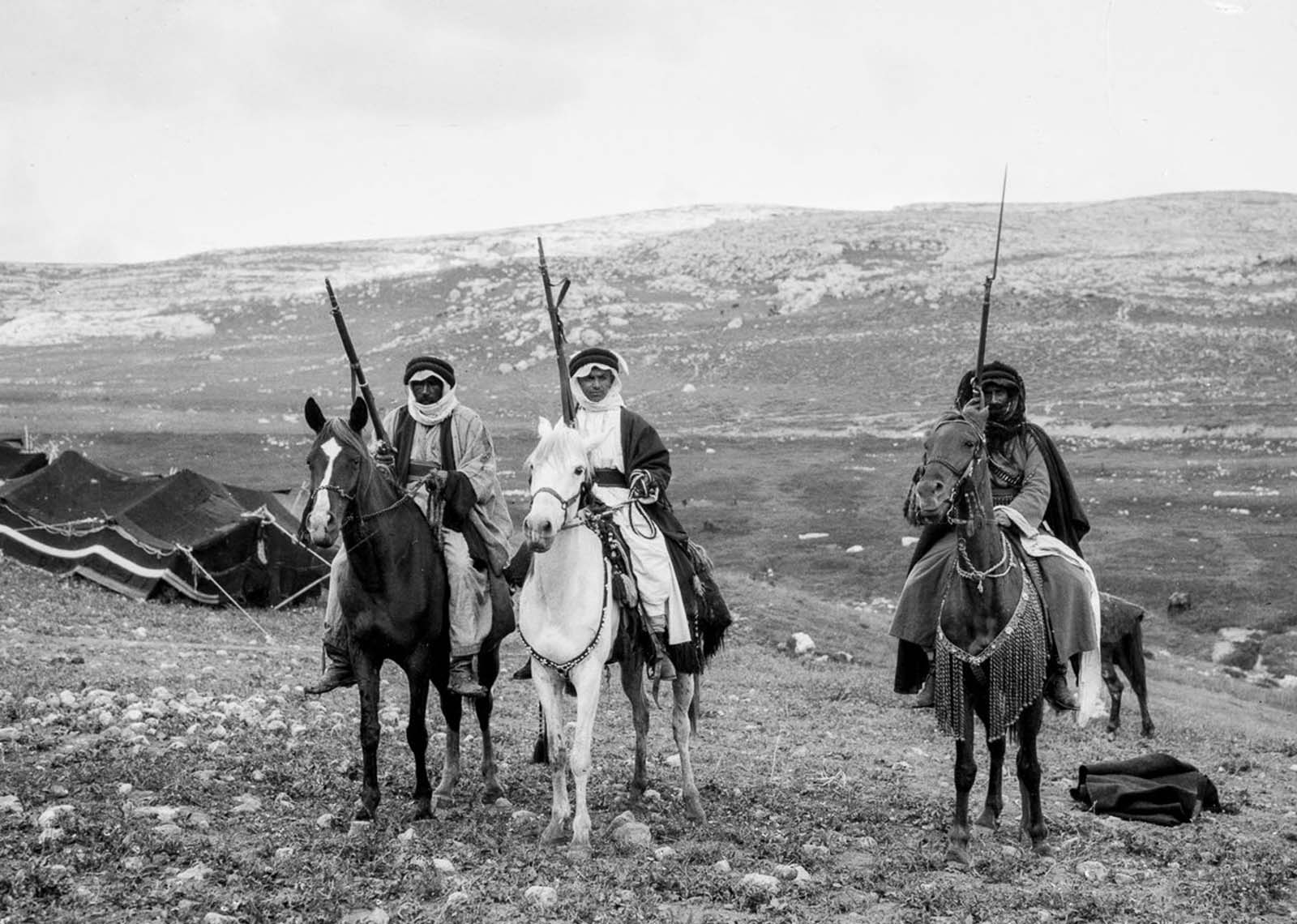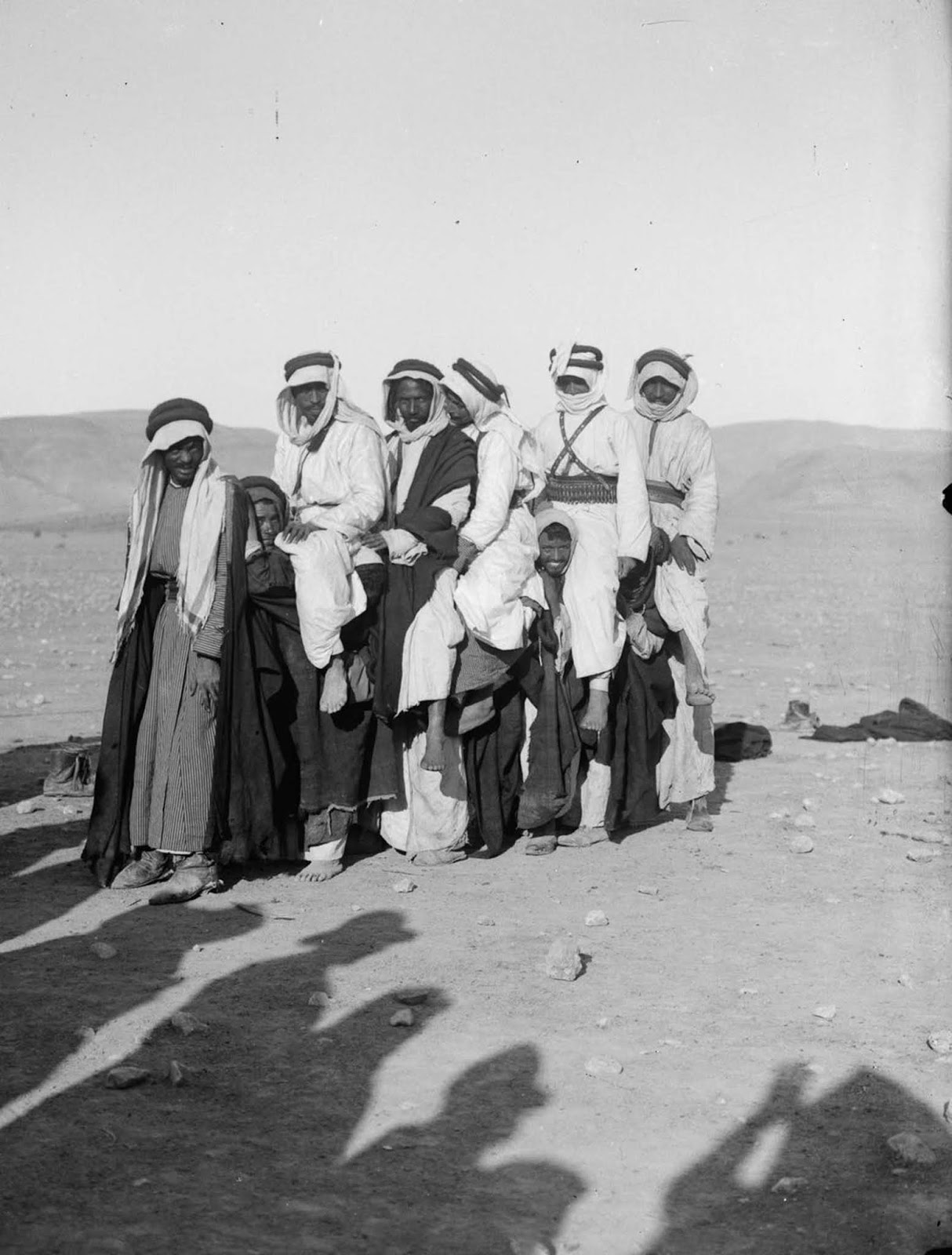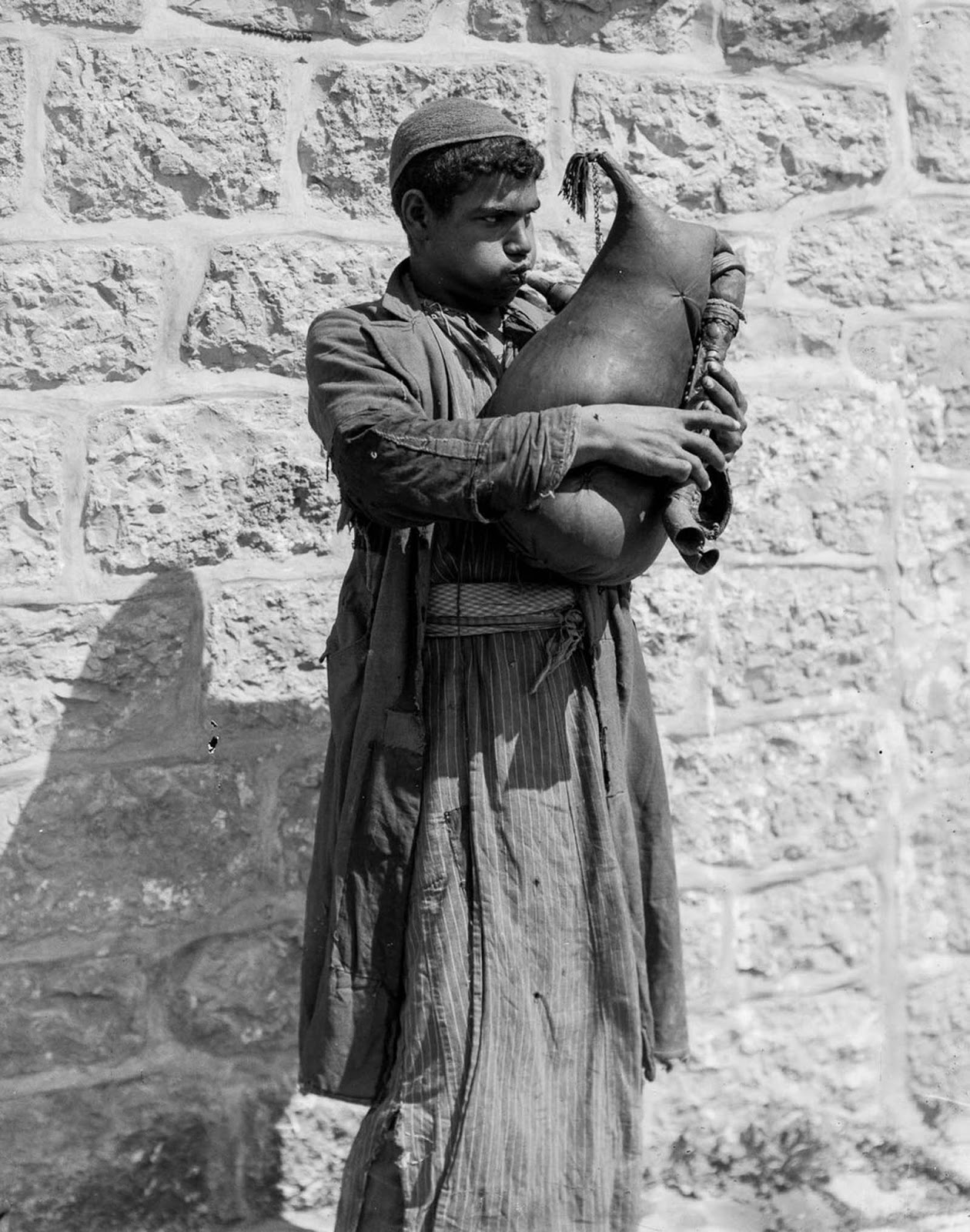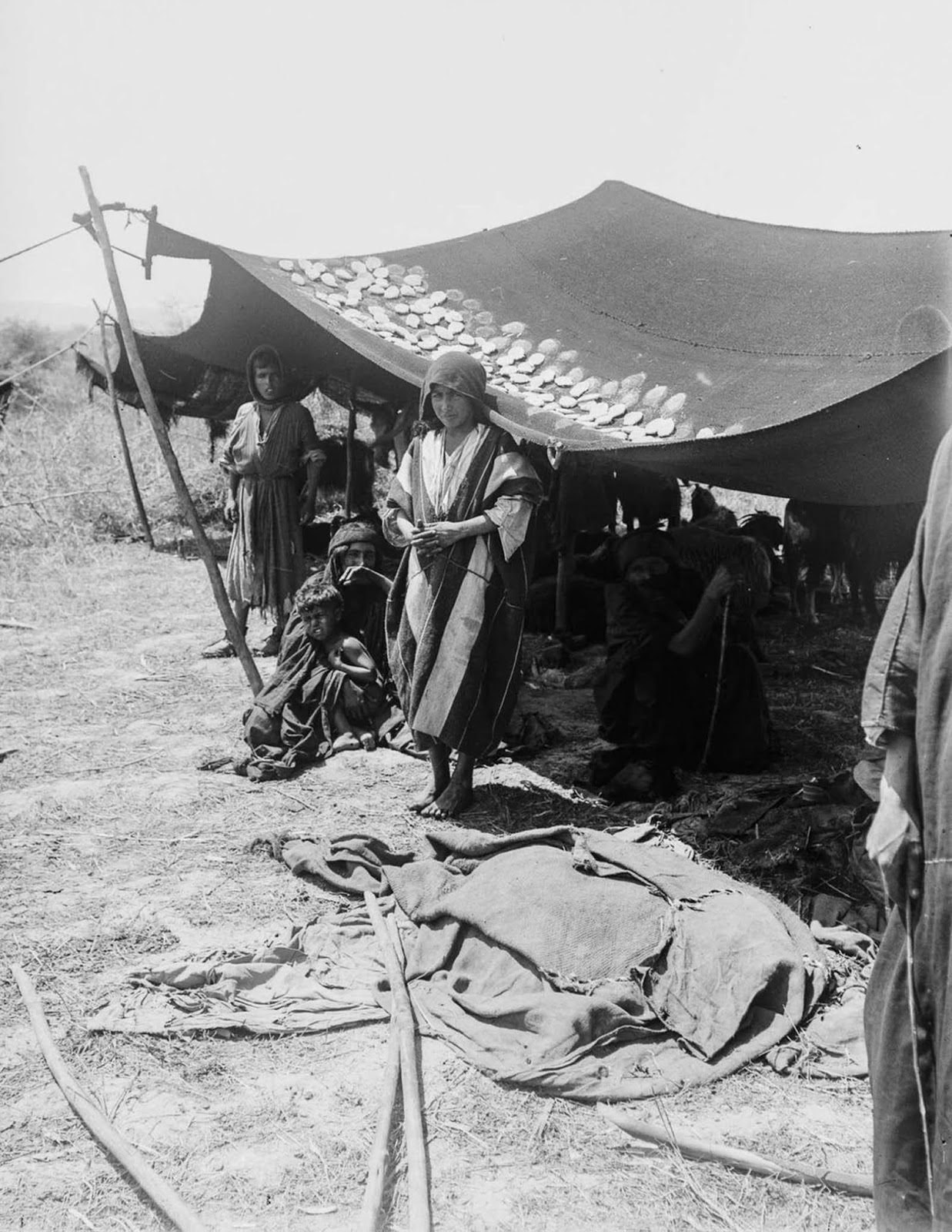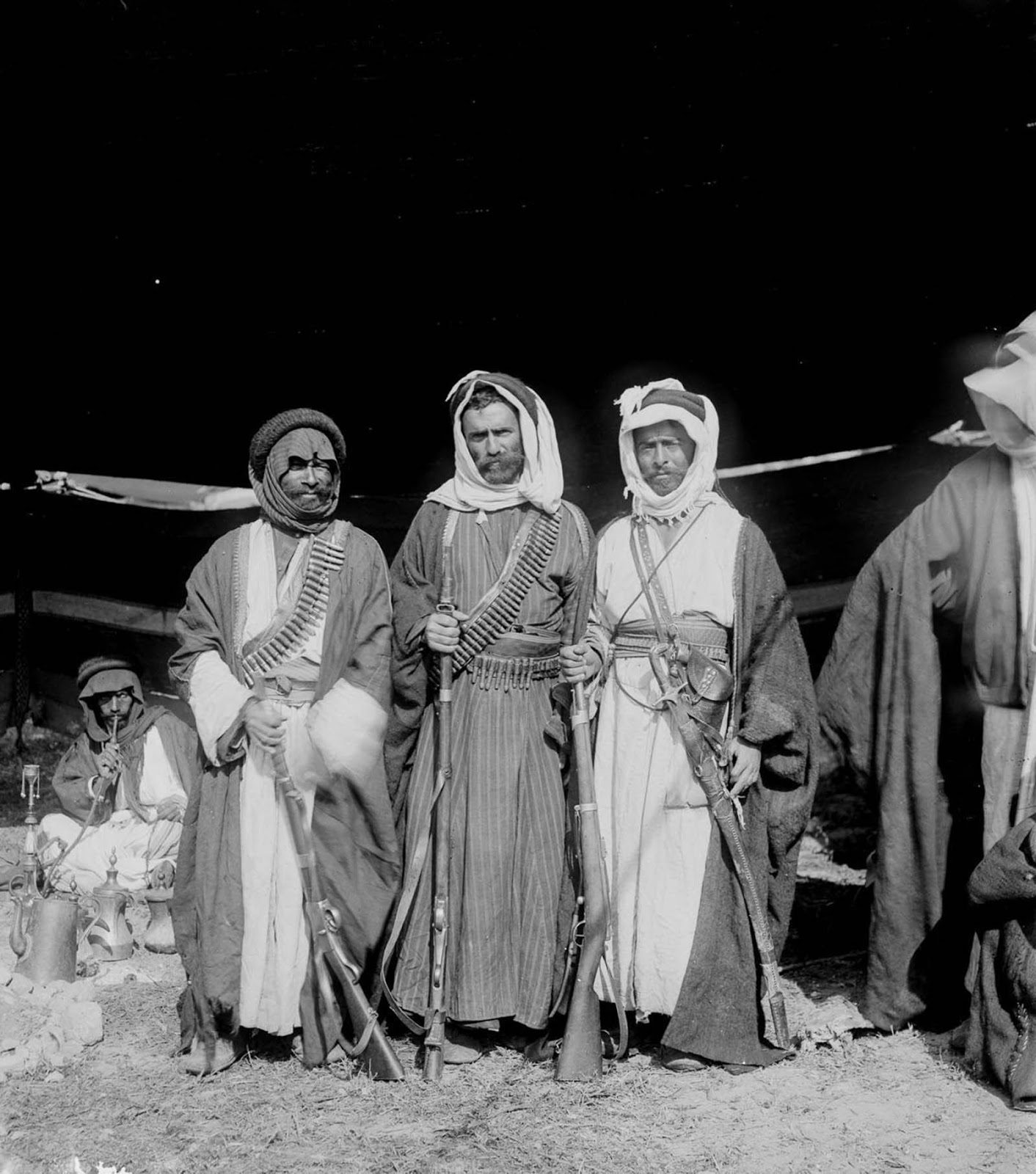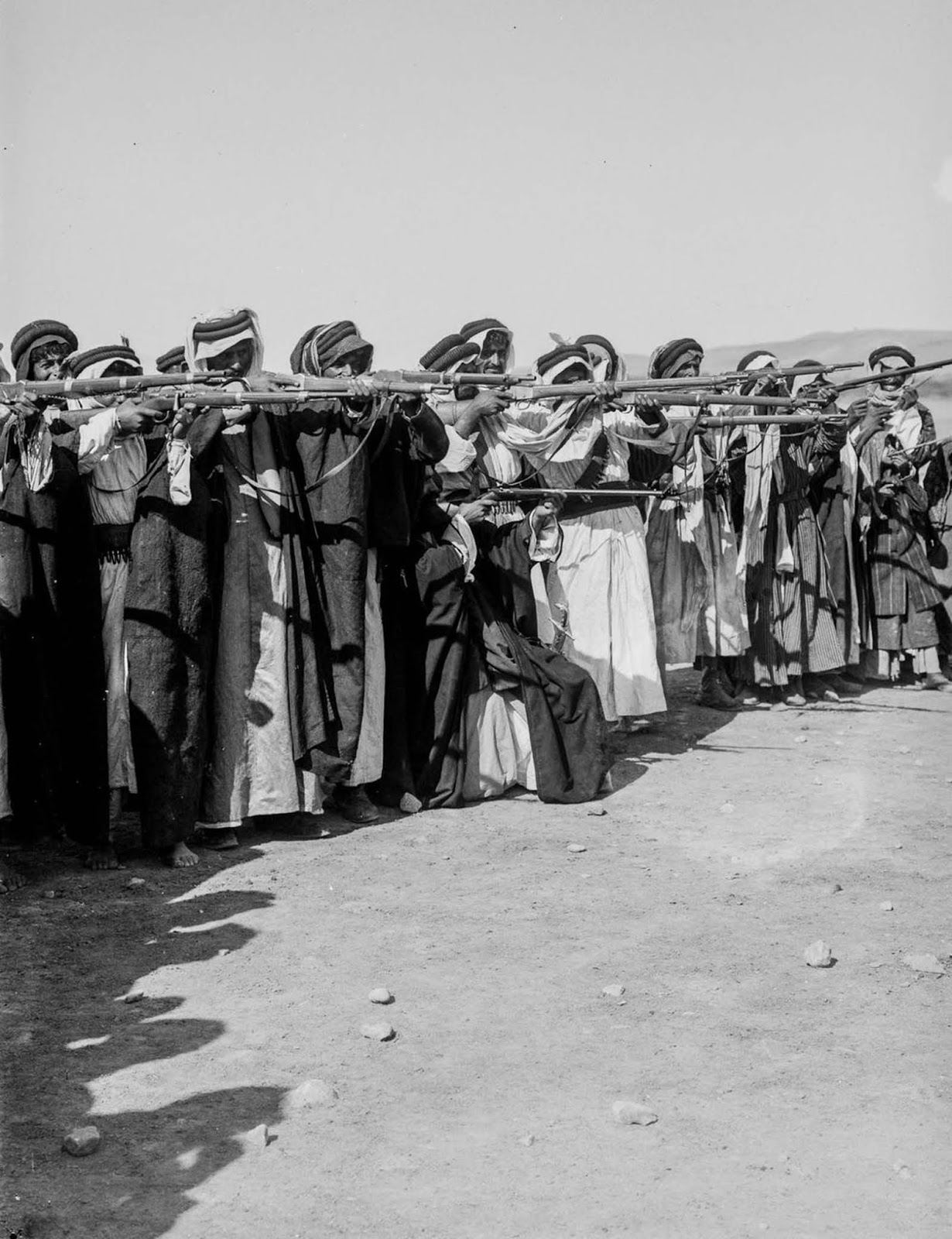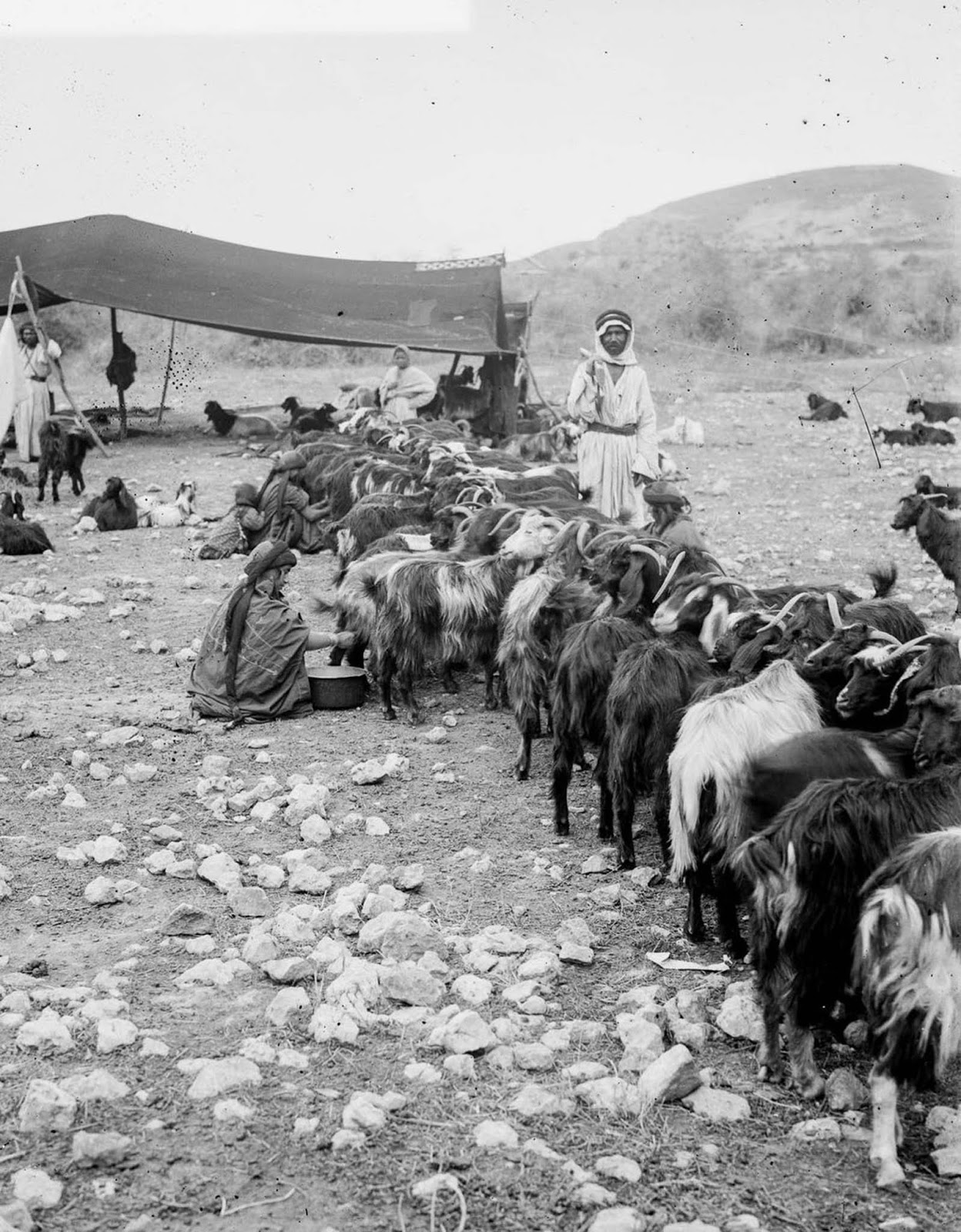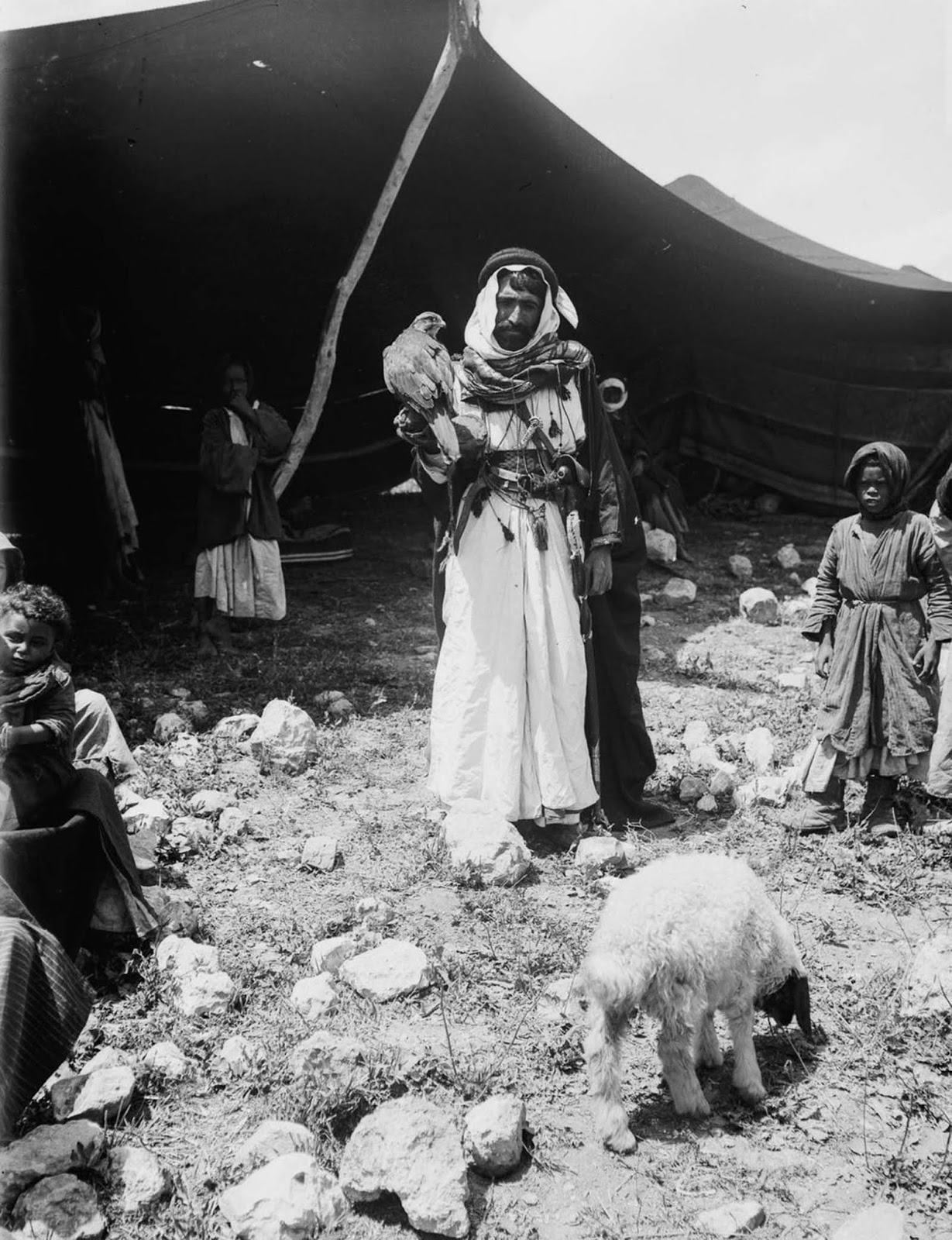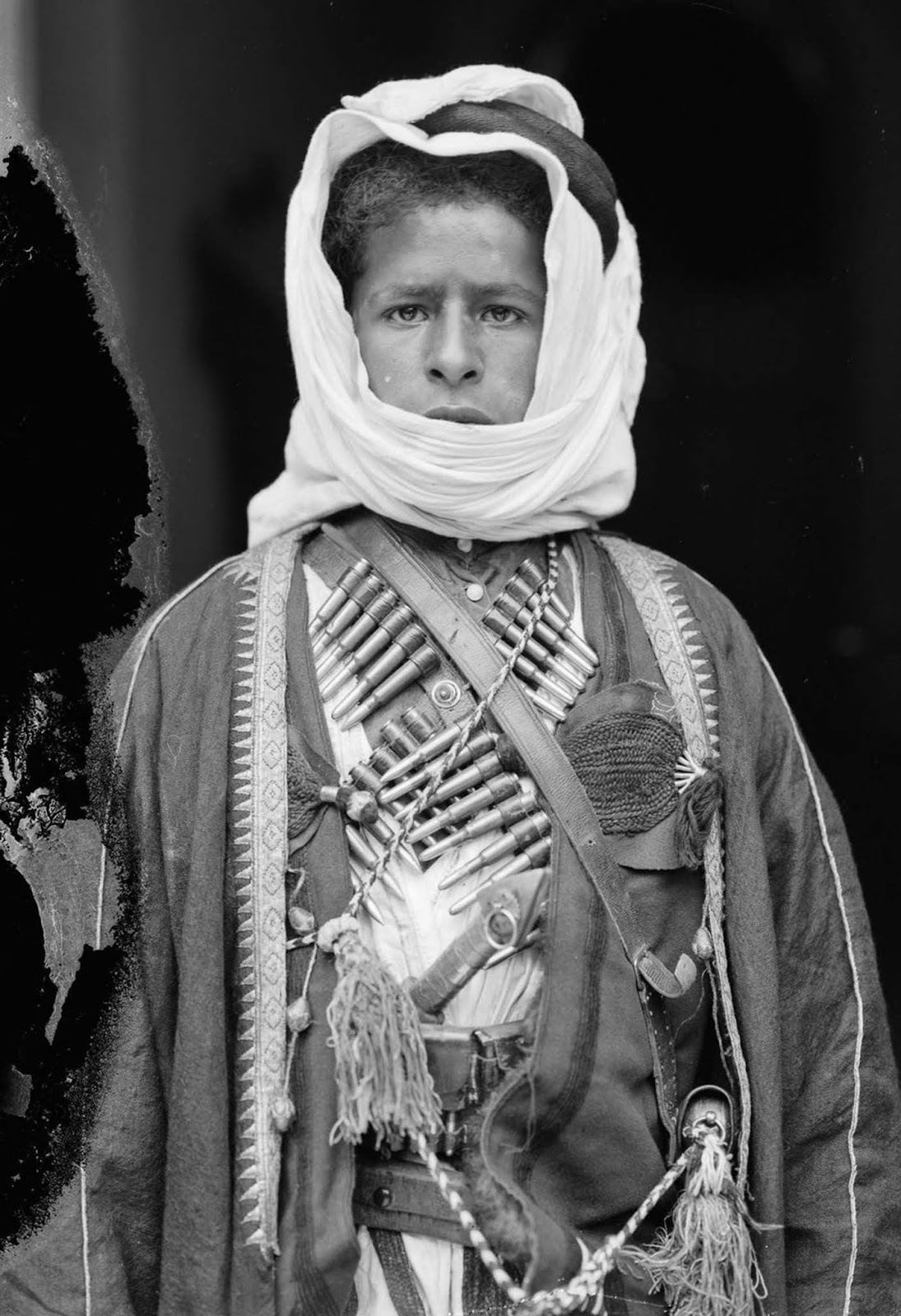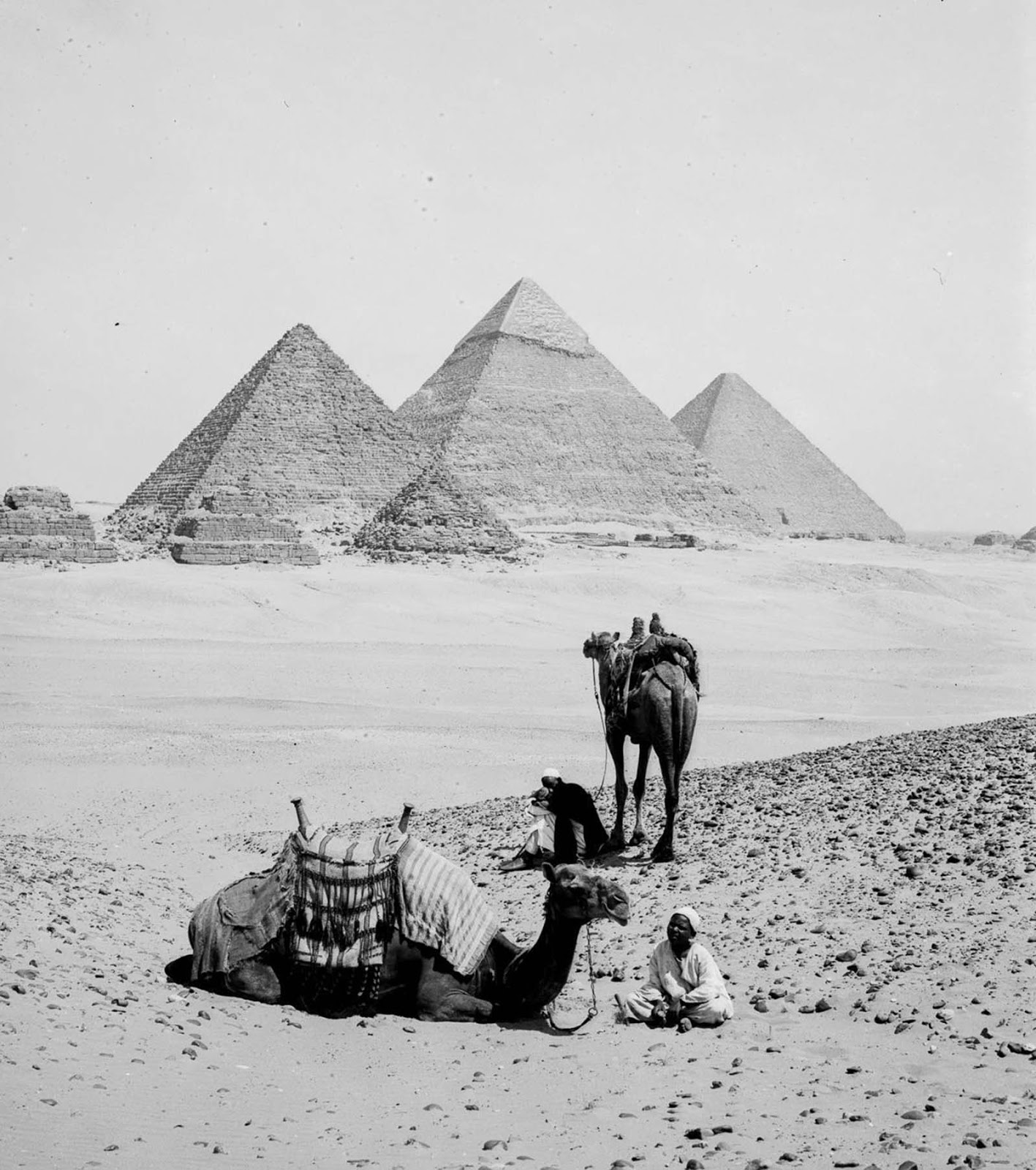The Bedouin people (“desert dwellers” in Arabic) are animal herders who migrate into the desert during the rainy winter season and move back toward the cultivated land in the dry summer months. Bedouin tribes have traditionally been classified according to the animal species that are the basis of their livelihood. Camel nomads occupy huge territories and are organized into large tribes in the Sahara, Syrian, and Arabian deserts. Bedouin society is tribal and patriarchal, typically composed of extended families that are patrilineal, endogamous, and polygynous. The head of the family, as well as of each successively larger social unit making up the tribal structure, is called sheikh; the sheikh is assisted by an informal tribal council of male elders. In the second half of the 20th century, Bedouins faced new pressures to abandon nomadism. Middle Eastern governments nationalized Bedouin rangelands, imposing new limits on Bedouins’ movements and grazing, and many also implemented settlement programs that compelled Bedouin communities to adopt sedentary or semisedentary lifestyles. Some other Bedouin groups settled voluntarily in response to changing political and economic conditions. Advancing technology also left its mark as many of the remaining nomadic groups exchanged their traditional modes of animal transportation for motor vehicles. (Photo credit: Library of Congress / Britannica). Notify me of new posts by email.
Δ Subscribe
